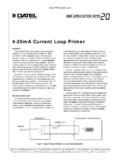Transcription of Model 4-20IQ - International Sensor Technology
1 Model 4-20 IQSensor TransmittersInstallation and Instructions Manual3 Whatney Street, Irvine, California 92618 Phone: 949-452-9000 Fax:949-452-9009E-mail: Website: MANUAL FOR 4- 20iq Sensor TRANSMITTERSIMPORTANT READ FIRST!This manual contains operating instructions for stationary gas monitoring instruments designed for area air quality andsafety applications, and should be STUDIED CAREFULLY by all persons responsible for the operation and mainte-nance of the instruments. All International Sensor Technology ( ) equipment described herein is designed or manu-factured for use only as set forth herein and by the labels affixed, or other literature accompanying the WARNINGS or CAUTIONS are herein set forth, they must be followed.
2 If equipment is used in a manneror under conditions not specifically authorized or prescribed by this manual, or by other materials or written instructionseither accompanying the product or authorized by in writing, or if it is used or maintained by unqualified orimproperly trained personnel, International Sensor Technology disclaims all responsibility of every kind for said basic connection installation instructions are included, all equipment must be installed by qualified electriciansFOLLOWING ALL ASPECTS OF THE LOCAL CODE REQUIREMENTS. Also, the instruments must be calibrated andalarms tested periodically by trained personnel for proper functioning of the : The overall system, especially where gas monitoring sensors are used, must be CALIBRATED BY QUALI-FIED PERSONNEL.
3 Initial calibration should be performed after installation, then weekly for at least the first month ofoperation. Thereafter, a monthly calibration check is recommended to assure reliability and call the factory if any problems are sensors and instruments are designed for area air quality and safety applications. IST gas monitoring instrumentsare provided with a one year warranty (commencing on the shipment date from the factory). This warranty coversonly defective parts or workmanship in normal use and service. Instruments which fail to function due to factory defectwithin one year of date of shipment are to be returned to International Sensor Technology for warranty will determine the nature and responsibility for the defect.
4 In all cases the warranty is limited to the original cost ofthe equipment. Any misuse of equipment is the customers responsibility. IST will either repair or replace (at IST soption) returned instruments subject to the warranty, at no charge. No field service is included in this warranty. Forfield service requirements please contact addition to the one year warranty on instruments, IST warrants the Sensor ELEMENT itself against failure due todeterioration or defect, as follows:1. Solid State Sensors 3 years2. Catalytic Sensors 1 year3. Electrochemical Sensors (including O2) 1 year4. Infrared (IR) 1 yearThis warranty is voided by:1. Improper application of Misuse of Intentional or accidental damaging of Not returning the Sensor to factory for warranty any queries regarding warranty repair or replacements, please include the instrument Model and serial number inany transmittals to IST.
5 All equipment returned to IST (including warranty repairs) must be accompanied by an instruments are supplied with operating and installation manuals and other literature. These are the only sourceof specific details regarding proper operation and maintenance of the equipment. These instructions must be care-fully read and the precautions followed in detail. Instruments must be calibrated and alarms checked periodically toassure proper equipment operation. Please refer to the manual for of Contents 1. 2 2. 2 3. Wire .2 4. 4- 20iq Calibration 24-1. Zero 34-2. Span Gas 3 5. Heater Current 4 6. 4- 20iq Error/Fault 5 7. Calibration Gas 5 8.
6 Calibration of Oxygen 6 9. Output 610. Replacing a 611. Installation/Location of Sensor 612. Frequently Asked 713. Spare 724- 20iq Sensor Transmitters1. INTRODUCTIONThis manual describes the installation and operating instructions for International Sensor Technology s (IST) 4- 20iq sensortransmitter. The Model 4- 20iq is a completely self-contained, intelligent transmitter module, housed in a Class 1, Division 1,Group B, C & D explosion proof housing. Interfacing with the 4- 20iq for Span and Zero adjustment is done via magneticsensors located on the 4- 20iq s front panel that are activated using a magnetic-tipped wand. It does not require the removalof the housing cover for calibration and other functions needed for transmitter to operate properly.
7 This is especially importantin hazardous or explosive locations where exposure of the Sensor s electronics to the ambient environment is not instruction manual covers the family of transmitters using Solid State, Catalytic Bead, Electrochemical and Oxygensensors. This transmitter can operate as a stand alone unit or can be used in conjunction with a variety of controllersavailable from IST. They operate on 14-24 VDC and produce a 4-20 mA linear output proportional to the gas wide power supply variation allows placing the transmitters away from the power supply due to attenuation of the signal(voltage drop) over distance. Minimum voltage AT THE TRANSMITTER is 14 transmitter has been calibrated at the factory and is ready to be WIRINGT hree conductor cable is required for 24 VDC and 4-20 mA.
8 Output. Theseconnections are made to TB2 on the circuit board inside of the Sensor trans-mitter for solid state, catalytic, and oxygen Sensor transmitters. For IR andElectrochemical sensors, the connections are made on TB1. The upper deckof circuit cards needs to be removed to connect the wiring as shown in Figure1 at right. The socket for this connection is included with the three terminal connections are as follows:1) Supply: +14 to +24 VDC input2) Out: Linear 4-20 mA output3) SYS GND: Ground3. WIRE DISTANCESThe maximum distance which wires can be run for the 4- 20iq Sensor transmitter is dependent on both the wire size used aswell as the power supply voltage.
9 The 4- 20iq can operate on any voltage between 14 and 24 VDC. When used in conjunc-tion with IST s MP SERIES of controllers, these controllers provide 24 VDC to the Sensor transmitter. Following are maximumwire distances vs. wire gauge for a 24 VDC power Way Distance (Feet)One Way Distance (Meters)#18 2300710#16 37001100#14 59001800#12 94002800 Using an 18 VDC supply, the maximum one way distances are approximately HALF of the above values. IST does notrecommend using 14 VDC supplies unless the wiring distances are very : If the installation is in an exceptionally noisy area with regard to electrical interference, the maximum practical linelength may be less than that 4- 20iq CALIBRATION PROCEDURESCAUTION!
10 IST SOLID STATE SENSORS TYPICALLY GET BETTER WITH AGE AND SHOULD NOT BE REPLACED AS PART OF THEROUTINE MAINTENANCE NOT USE NITROGEN OR ANY OTHER GAS AS A SUBSTITUTE FOR AIR TO ZERO OR CALIBRATE THE INSTRU-Figure 1 Remove transmitter cover and pull uppercircuit cards straight upward. TB2 is on the left , OR TO CHECK CALIBRATION, UNLESS THE INSTRUMENT WAS ORIGINALLY SUPPLIED FOR USE IN A NON-AIR not run an accuracy test after an overdose exposure of the Sensor to gases. Overdose exposures often change the sensorcharacteristics temporarily. The accuracy test should not be performed until three hours to two days after exposure, depend-ing on the length of exposure and the chemicals the Sensor has been exposed ensure reliability of the instrument, it is necessary to calibrate periodically.

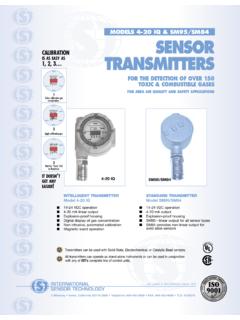

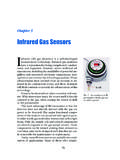
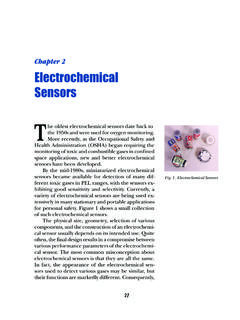


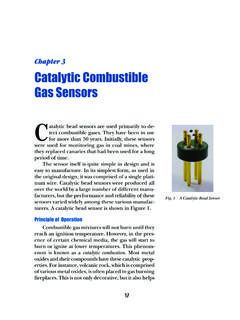
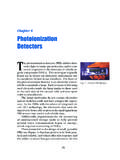
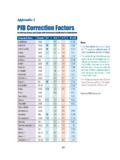
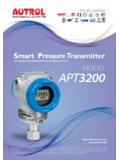
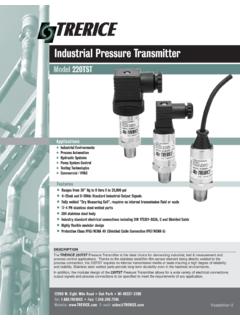


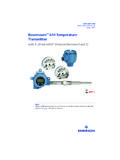
![[PSS 2A-1C14 C] IDP10 Series for Differential …](/cache/preview/b/d/a/b/4/8/d/4/thumb-bdab48d484fc222a5a2643bcb247822e.jpg)
